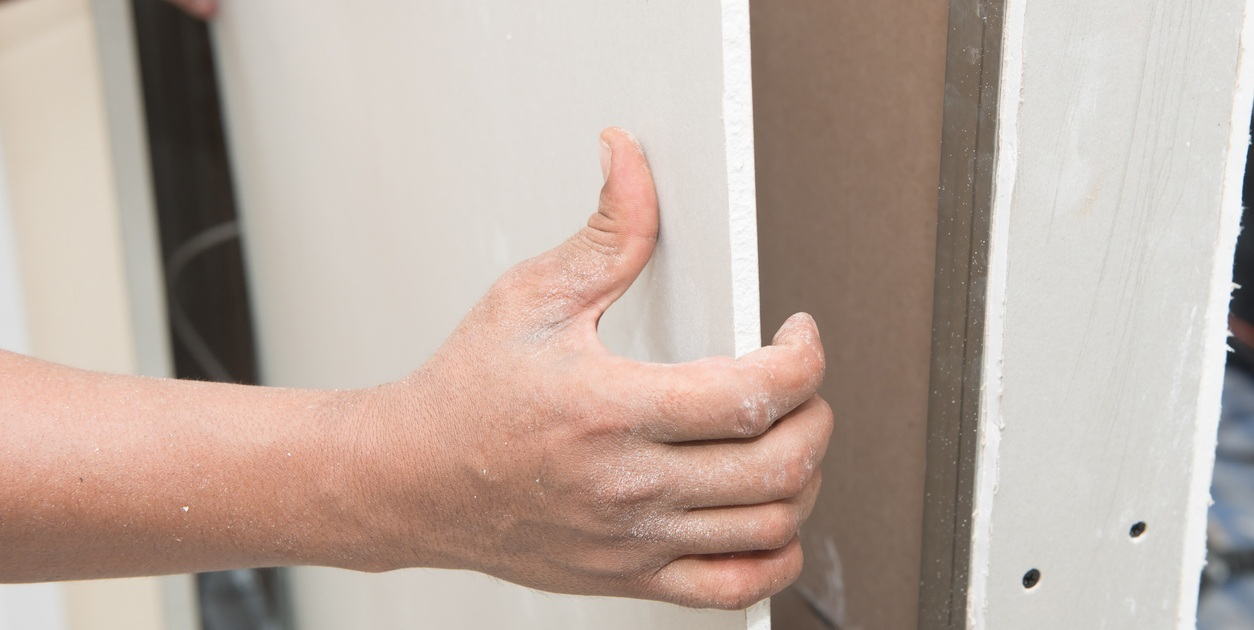Understanding Thermal Bridging in Lintels
A thermally broken lintel is designed to minimise heat transfer through the building envelope to suit the requirements of Part L of the Building Regulations. However, when discrete brackets or fixings are used to hold the lintel together, these components create thermal bridges, increasing the amount of heat flowing through the lintel.
Historical Context
Traditionally, steel lintels for cavity walls were made using folded sections of steel that supported both the inner and outer leaves of masonry. These lintels crossed the insulated cavity, creating significant thermal bridges. By separating the inner and outer steel sections, heat flow through the lintel can be reduced by over 90%, depending on the specific design.
Catnic’s Solution
Catnic’s thermally broken lintels feature two folded steel sections bonded to a high-strength, thermally efficient insulating core. These lintels are truly thermally broken, with no additional brackets or cold bridges, providing exceptional thermal performance with psi values no greater than 0.05 W/mK.
Market Comparisons
Other lintels on the market claim to be thermally broken but often include connections between the inner and outer steel sections using methods such as:
- Steel brackets riveted to inner and outer sections.
- A combination of steel brackets and a polymer extrusion.
- Fasteners to bolt the inner leaf to the outer leaf.
These methods create thermal bridges, increasing heat flow through the lintel. As a result, these lintels are not technically thermally broken. The additional heat flow through the brackets and bolts must be accounted for when determining the psi values, with the number of brackets per lintel directly impacting the psi value.
Why Is This Important
Assessing the impact of the psi value of a lintel is a way to explore pushing the building fabric beyond current compliance targets and on towards the new requirements of Part L 2021. Heat loss at junctions within a building can account for around 30% of the overall total heat loss. So careful consideration of the correct products allows the specifier and designer to make an informed choice on which materials to use when looking to minimise heat loss and importantly reduce the environmental impact of a building.
Conclusion
When evaluating thermally broken lintels, it is crucial to consider the presence of any discrete brackets or fixings that could compromise their thermal efficiency. True thermally broken lintels, like those from Catnic, avoid these thermal bridges, ensuring superior thermal performance.
More
-
![]()
- Plaster Bead & Mesh
- Guide
How to Fix an Angle Bead to Plasterboard
-
![]()
- Lintels
- Guide
Why thermally broken lintels are a game changer


